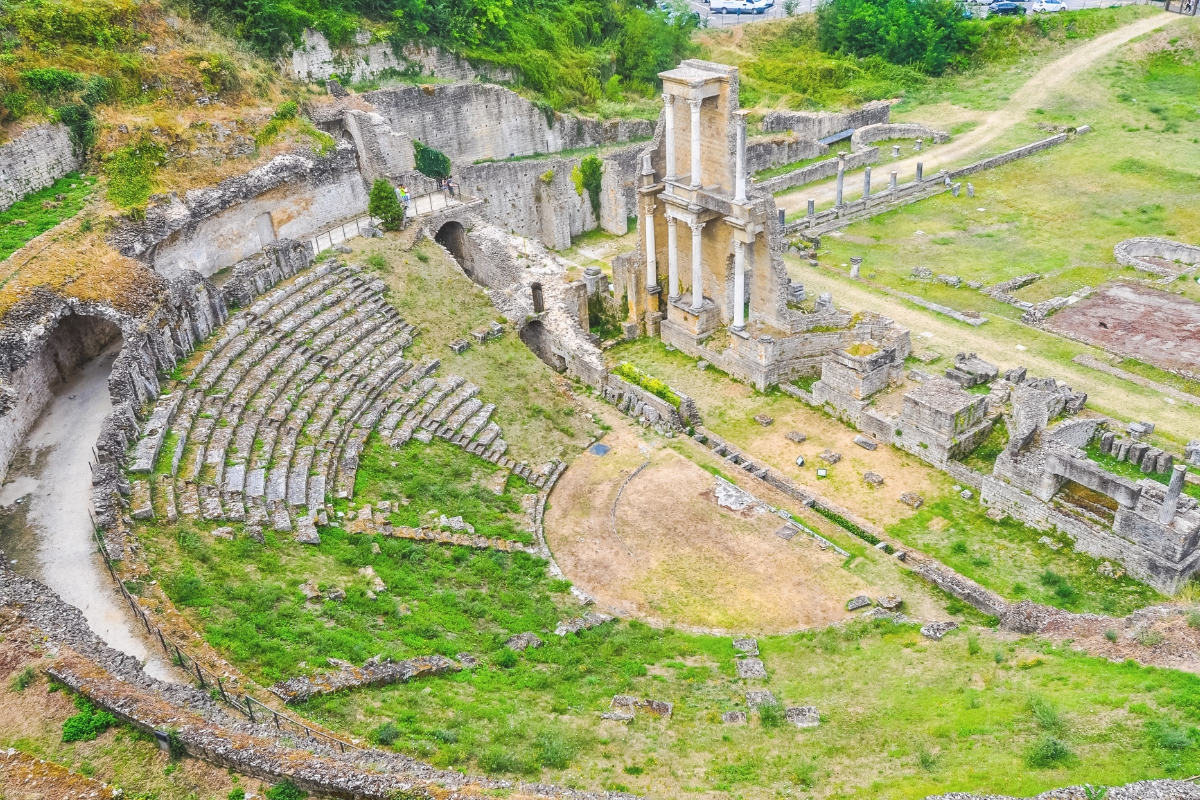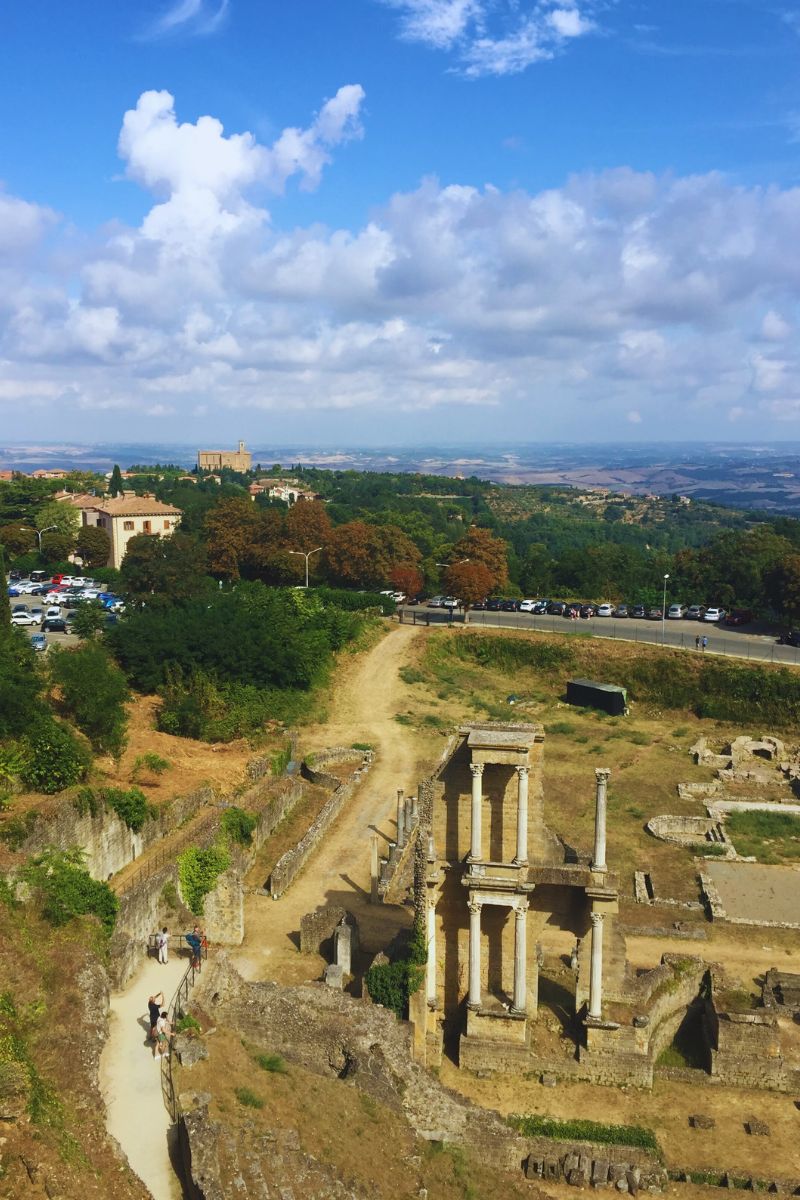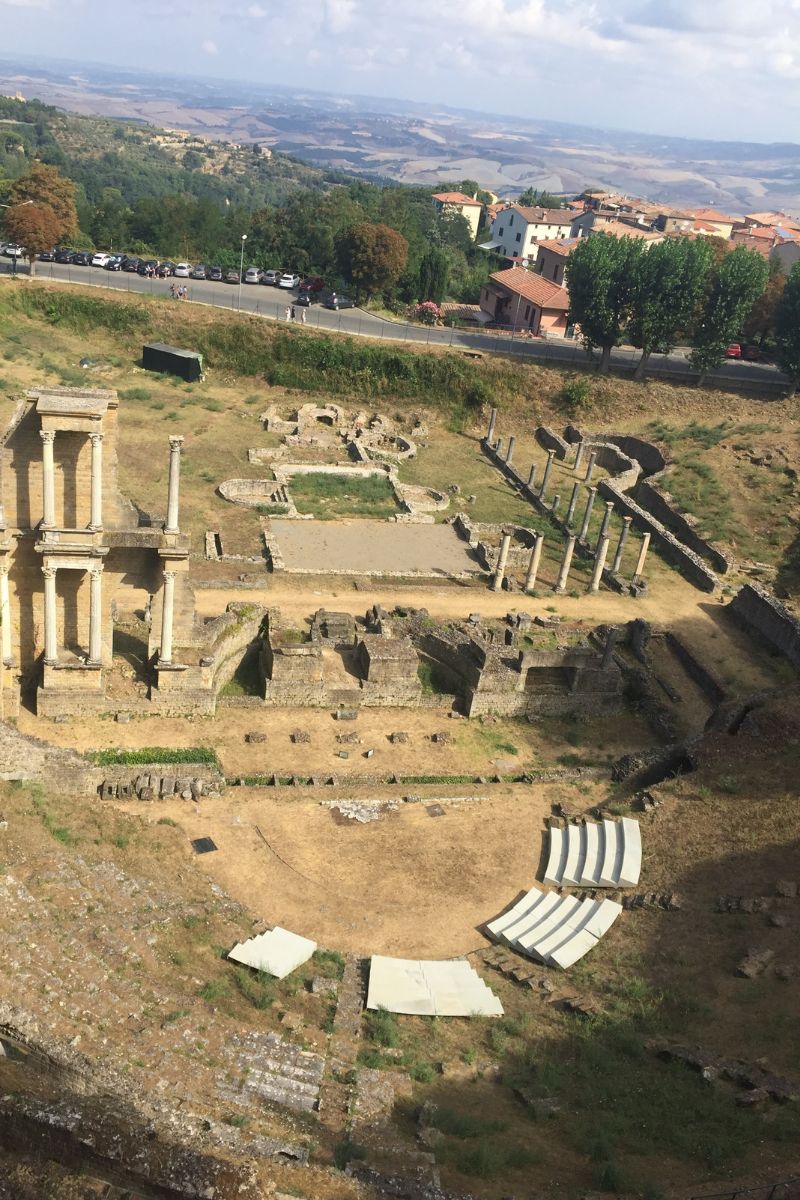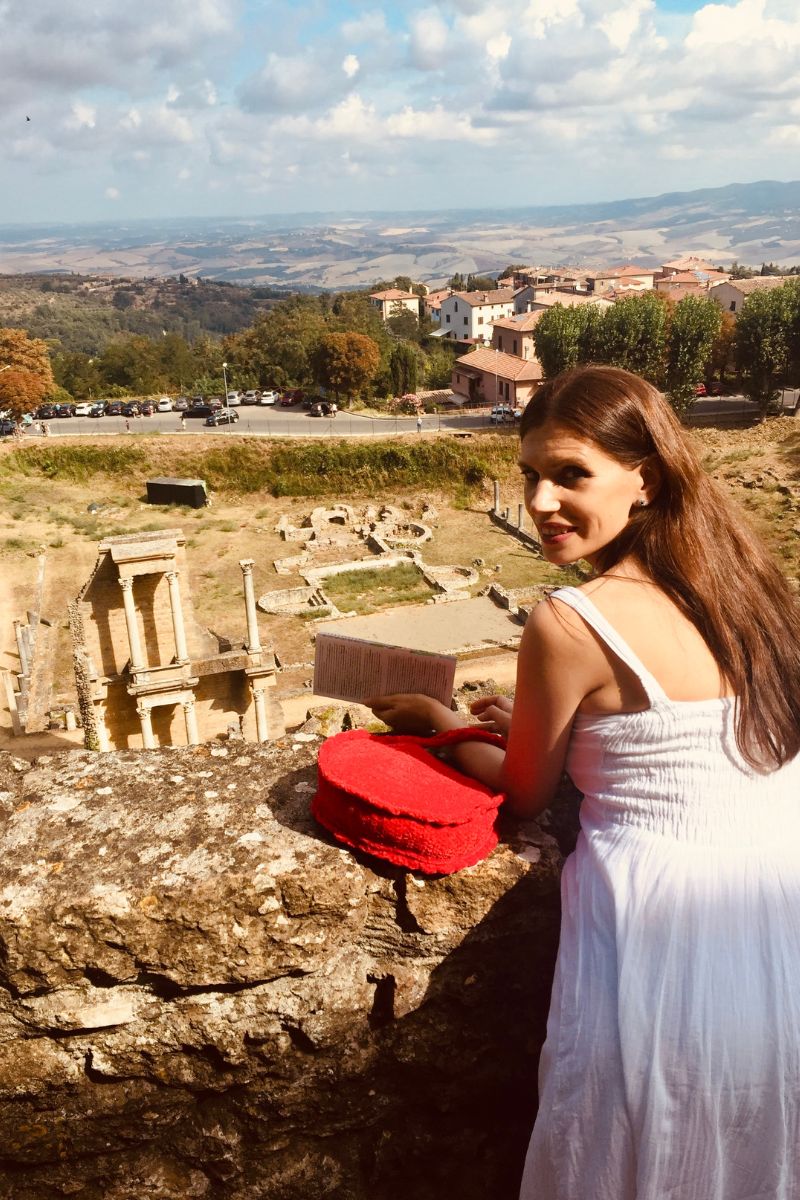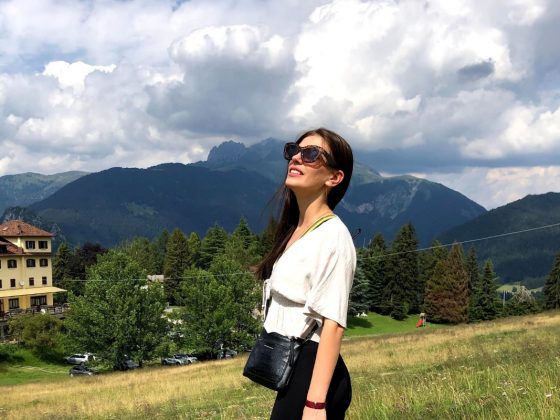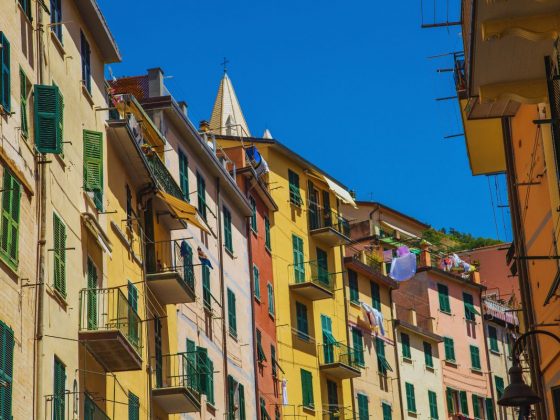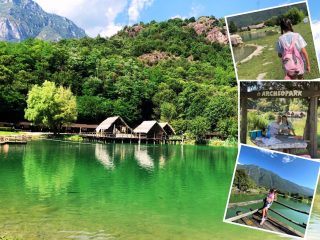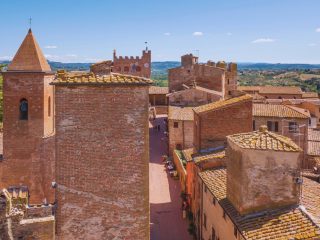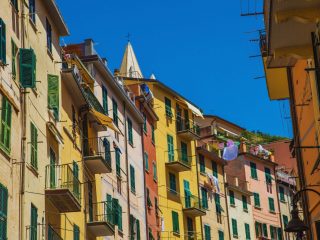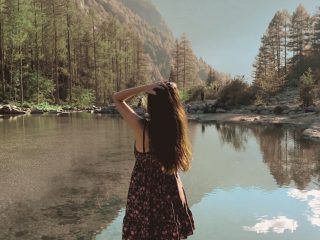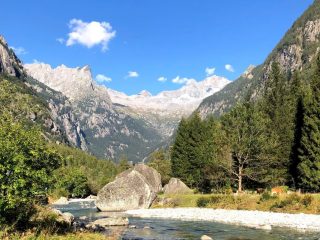Have you ever felt time stand still, and history whispers stories from long forgotten times? This was the feeling that enveloped me when I stepped into the Roman Theatre of Volterra, a monument that not only resists the erosion of time, but continues to inspire and fascinate. Tucked away in the heart of Tuscany, this archaeological site is a window into the golden age of ancient Rome, offering us a unique opportunity to travel back in time, following in the footsteps of the spectators who, thousands of years ago, gathered here to be part of the spectacle of everyday Roman life.
Teatro Romano di Volterra is one of Italy’s most valuable and impressive monuments.Located in the heart of Tuscany, this archaeological site is a window into the glorious Roman past, inspiring with its remarkable architecture and rich history.
The theatre was discovered in the 1950s by archaeologist Enrico Fiumi and quickly became a landmark in the cultural history of the region.
Roman Theatre of Volterra: Histories
Architecture and Design of the Roman Theatre of Volterra
The construction of the theatre was financed by the Caecina family, a wealthy and influential family from Volterra. It is believed to have been built at the end of the 1st century BC, during the reign of Augustus or Tiberius.
The theatre impresses with its semicircular structure, which is perfectly adapted to the slope of the hill on which it is located. Facing north to protect the audience from the midday sun.
Architectural elements such as the stage (scaena) and proscenium are outstanding examples of the Roman style, illustrating the ingenuity and craftsmanship of the ancient builders.
The theatre could accommodate up to 3,500 spectators and was used for a variety of performances including plays, music and dance. It was also used for public gatherings and political events.
Shows
The types of performances presented at the Roman Theatre in Volterra varied according to the occasion and the audience. Some of the most popular performances included:
- Theatrical pieces: Comedies and tragedies written by Roman playwrights such as Plautus, Terence and Seneca were among the most popular performances.
- Music: Musical performances often included vocal and instrumental performers singing a variety of musical genres.
- Dance: Professional dancers showcased their skills to audiences, often as part of more elaborate performances.
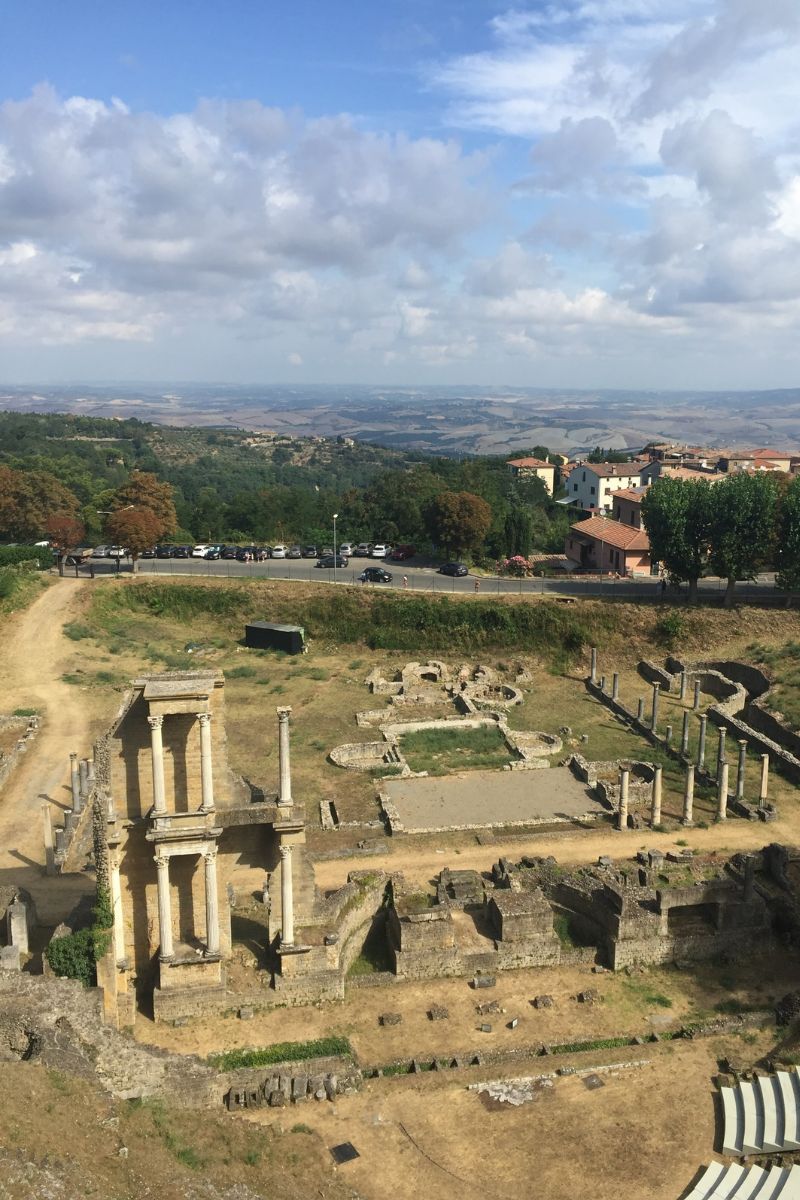 The Roman Theatre of Volterra: Significant Archaeological Discoveries
The Roman Theatre of Volterra: Significant Archaeological Discoveries
During the excavations, numerous artefacts were discovered that show the complexity of daily life and performances that took place in this theatre. From Roman coins to fragments of pottery vessels and inscriptions, each find helps to reconstruct history and to gain a deeper understanding of the Roman era.
The Roman Theatre of Volterra: Cultural and Historical Impact
Teatro Romano di Volterra is a symbol of cultural continuity between past and present. Festivals and events held here, such as those dedicated to ancient performances, bring to life the traditions and cultural practices of the ancient Romans, offering visitors an authentic and educational experience.
The Roman Theatre of Volterra: Conservation and Restoration
Conservation and restoration efforts are vital to maintain and protect this historically important monument. Through collaboration between local authorities, conservation experts and international organisations, the Teatro Romano di Volterra continues to be an example of best practice in cultural heritage management.
Follow me on Instagram and Facebook
Every year, thousands of tourists visit the Teatro Romano di Volterra, attracted by its beauty and mystery. The importance of this theatre in the context of cultural tourism is undeniable, contributing significantly to the local economy and to the promotion of Italian culture worldwide.
Teatro Romano di Volterra is a time capsule that preserves the echoes of a brilliant civilization. By preserving and enhancing this monument, we can ensure that future generations will be able to understand and appreciate the historical and cultural richness it represents.
[row cols_nr=”2″][col size=”6″]Places to see on Elba Island[/col][col size=”6″]Napoleon’s Garden[/col][/row]

